|
Most of us have to consider budget when making decisions about our dream homes. And some budgets are tighter than others. So this week, I’ll give you some tips on the best places to save when building a house versus areas where you should splurge. Before we get to that, let's define a Pro Term: Value engineering. Value engineering is term that you might hear some architects and contractors use when talking about saving money when building a house. Value engineering is an economical way of building that removes excessive costs, but preserves good design. In other words value engineering aims to lower the cost of building without lowering functionality. That’s achieved by spending in some areas and saving in others. So, our tips this week will focus on value engineering. Let’s get to it. According to Money.com, your home should cost no more than 2.5 times your gross annual salary. That means for a household with an income of $100,000, a home should cost no more than $250,000. I think those numbers assume that you’re taking out a typical mortgage with a 10-20% downpayment. If your paying cash for your house or you’re making a significantly higher downpayment, your target number can probably be higher. Okay, with that in mind, let’s start by talking about where you should splurge— where you should spend most of your money and make as few compromises as possible when building your home. The basic rule of thumb is to splurge on the more permanent parts of the home that are difficult to change. That includes the structural parts of the house, such as the foundation, the framing and even the windows. As far as the foundation goes, no matter what type of foundation you choose, you’ll want to splurge on hiring an experienced foundation contractor and use good quality materials. Where you can save is choosing a slab foundation over a crawlspace or basement foundation, if possible. The same with framing. Pay a little more for an experienced framing carpenter, and if you can swing it, use 2x6 dimensional lumber instead of 2x4s. Not only will that give you a sturdier house, but houses framed with 2x6 lumber have thicker walls so you can add more insulation. Speaking of insulation, you should splurge there too. Try to achieve the highest R values that you can afford. Not that adding insulation to your house in the future is not possible. It is, but you’ll be losing money in utility costs each month if you don’t adequately insulate from the start. Shoot for at least Energy Star standards, if you can. Click here to see a chart showing what R values are recommended by the Energy Star program. Where you can save on insulation is with the type of insulation you choose. You can get to any R value using most types of insulation, as long as your wall or roof cavities are thick enough to hold the required amount of insulation material. One of the main advantages of expensive spray foam insulation is that less insulation is needed to achieve a high R value. Closed cell spray foam insulation has an R value of 6.5 per inch while high performance fiberglass batts have an R value of only 4.3 per inch. So, it obviously takes more insulation, and therefore thicker wall cavities, to insulate adequately with fiberglass. The bottom line is, you can achieve a well insulated wall, let’s say an R38 wall, with expensive closed cell spray foam insulation (which is considered a premium choice) or you could use more affordable cellulose insulation, or even very affordable fiberglass batts. To save money, your goal should be an R value goal, not a insulation material goal. If you can afford enough cellulose insulation to get to an R38 wall, but can afford only enough spray foam insulation to get to an R30 wall, chose the more budget friendly cellulose insulation so you can achieve a higher R value. Not only will you save money month to month, but you will also be more comfortable in your home. The same is true with windows. Spending the money upfront on good quality windows will save you significant money on your utility bills. Plus you’ll be more comfortable in your house. You don’t have to buy expensive brand name windows, but you should strongly consider Energy Star, double pane windows. Really try to avoid single pane windows. And if at all possible, splurge on Low E windows. Pop Quiz: Do you remember what low E stands for and what a low E coating does? Low-E stands for low emissivity. The low E coating is a very thin metallic coating added to some windows that keeps heat inside the house in cold climates. That coating also keeps the heat out of the house in hot climates. To learn more about the Low E coating and other energy efficient window features, check out episode 42. Another good splurge is a continuous load path system. If you live in a storm or earthquake prone area, you probably want to splurge on the extra structural stability of connecting your framing elements together with a continuous load path. Simpson Strong Tie manufactures a collection of fasteners and bolts that tie all the major parts of the house together, from the roof to the foundation. That continuous connection makes the house stronger and less likely to be damaged during a storm. In some regions, those continuous load path elements are required by code. You may have heard them referred to as “hurricane ties.” Even if they are not required by code in your area, a continuous load path is a great splurge if high winds or earthquakes are common where you’re planning to build. The next splurge…your HVAC system. Buy the best you can afford and spend the money to get a proper Manual J calculation. which will objectively tell you the appropriate size for your HVAC system. Go a step further and get a blower door test to ensure your house and ductwork are properly sealed. Even if you decide the blower door test is not worth the money, pay for the Manual J to ensure the HVAC contractor is not selling you an oversized system. An oversized system will cost you more up front and in the long run because it won't be as efficient as a properly sized HVAC system. Let’s talk about the roof. You should splurge on good quality framing elements for the roof, like roof trusses and roof sheathing, but you can save with the roof cladding. To save money, you can choose architectural asphalt shingles instead of a metal, composite, tile or slate roofing. Most homes in the US are built with architectural asphalt shingles and they’re a great affordable option. But avoid cheap 3 tab asphalt shingles which are less weighty and less durable than architectural shingles. Finally, splurge on labor. You don’t have to choose the most expensive subcontractors, but spending a little more for experienced, licensed and insured, well-respected tradespeople is worth the money. The workmanship in and on your house will mostly likely be better. According to bank.rate.com, up to half of your budget can go towards labor. They say carpenters and stonemasons will earn approximately $70 per hour, electricians earn up to $85 per hour, plumbers earn up to $65 per hour and painters earn up to $35 per hour. Of course, that will vary depending on where you live. During the construction of your house, tell your subcontractors about your plans for future improvements. It’s cheaper to have the shell of future rooms constructed while your house is being built, as compared to having subs come back in the future for improvements. You can have certain spaces like bonus rooms and basements constructed, but left unfinished. Splurge on having those spaces framed and insulated and have subs run electrical, plumbing and gas lines that you’ll need in the future. Think through what you’ll want a few years down the line, even if you can’t afford to get everything completely done while you’re building your home. Also think through plans for future security systems, surround sound systems, hot tubs, and gas grills. Splurge on having a conduit installed inside the house, running from the foundation to the attic, plus along the driveway. A conduit is just hollow tubing. Sometimes even simple PVC piping can be used as the conduit. Future plumbing and wiring can be easily run through the conduit. By the way, the addition of a conduit is a good idea even if you plan on having your entire house completely finished. Add the conduit just in case you want to make changes down the road. Alright, so we want to splurge on structural elements and those that improve the home’s overall energy efficiency. Let’s talk about where we can save. We can save on the interior fixtures and finishes and things that can be upgraded fairly easily after you move in. Think about things that people typically replace when they remodel— cabinets, countertops, flooring, backsplashes, faucets, cabinet hardware, lighting fixtures, shower doors, sinks, and appliances. Those are the things that you can save on upfront because they’re not permanent and can be pretty easily replaced after your home is constructed. Flooring for example. Save by installing engineered wood, laminate, or wood look tile or luxury vinyl instead of solid hardwood. Or put hardwood the living areas, but carpeting in the bedrooms. Here are some other ways to save: Use ceramic or porcelain tile instead of natural stone on showers, floors and backsplashes. Forgo custom and even semi custom cabinets, and order stock cabinets from a big box store or Ikea. There are even companies that will make custom doors for Ikea cabinet frames, if you want to spend just a little bit more. Go for laminate countertops instead of expensive natural stone or quartz. Remember they can always be changed out. Or look in your stone yard for cheaper remnant pieces of stone. Remnants are smaller pieces of stone that are left over from cutting down slabs on previous jobs. Buy medium grade, energy star appliances instead of professional grade. Specially, choose a range with fewer burners and a fridge with the freezer on top instead of a fancy French door fridge. And don’t forget to check for discounted floor samples and scratch and dent appliances. Go for 8 or 9 foot ceilings instead of 10 foot ceilings. But make sure you’ll be ok with lower ceilings forever because increasing ceiling height is a super expensive structural change. Select less expensive hollow core interior doors instead of solid wood interior doors. Hollow core doors won’t reduce sound transmission as well as solid doors, but they’re a great option if you’re trying to cut costs. Save by having your painter stick to one main color in your house. Of course trim to be another color, but if you stay with one color for the walls, you’ll save money. Many painters charge more for each color you choose. Alternatively, you could paint a couple rooms or accent walls with different colors yourself. And to save even more, use good quality but not premium quality paint. Save by using limited, simple trim and molding. You can always add more later. Choose Energy star conventional water heaters instead of tankless water heaters. Tankless models cost several hundred to a thousand dollars more and require yearly maintenance. Although tankless units are more energy efficient, it may take up to 20 years to recoup that utility bill savings. If you like the idea of a tankless unit because of the endless hot water, you can put one tankless water heater in your master bathroom area and use a conventional water heater for the rest of the house. Episode 32 talks more about water heaters. Ok, what else? Rather than spending money on built-in shelving, purchase freestanding shelves and storage. Save by purchasing less expensive faucets, cabinet hardware and lighting fixtures. You can buy them online or in big box stores. Budget friendly lighting fixtures are fine, but I’d go ahead and splurge on super energy efficient LED light bulbs. They are more expensive than traditional incandescent light bulbs, but they can last for up to 10 years. Even some of the cheapest LED light bulbs claim to have a 10-year lifespan, depending on usage. , Some of the most affordable LED bulbs on the market are sold by Phillips and cost about $2. As LED bulbs become a standard in homes, the price will drop even more. Another way to splurge a little and save a little is to choose to use high-end materials selectively in your house. Maybe splurge in the kitchen, living room and master bedroom and bath, but use lower grade materials and finishes in the other parts of the house. Wherever you decide to splurge or save, think it through and plan it out. Pick as many of your materials as possible before the start of the project so you have a clear idea of what your finished house will cost and so you avoid costly change orders. It’s not what most people do and it’s not what most people want to do because most of us want to start building ASAP. But having a detailed plan in place before you break ground will make the construction phase easier, faster and less stressful. Remember, the advice that the electrician gave me a few of weeks ago? Plan everything out and stick with the plan. So in summary, splurge on more permanent, structural items and items that will improve your homes energy efficiency. Save on finishes and fixtures that are easier to replace—things that are commonly changed in a remodeling project. Well, that’s it for this week. I hope that helped and I hope you’ll come back next week for another episode of Build Your House Yourself University--BYHYU. Please remember that the purpose of this podcast is simply to educate and inform. It is not a substitute for professional advice. The information that you hear is based the only on the opinions, research and experiences of my guests and myself. That information might be incomplete, it’s subject to change and it may not apply to your project. In addition, building codes and requirements vary from region to region, so always consult a professional about specific recommendations for your home.
0 Comments
Your comment will be posted after it is approved.
Leave a Reply. |
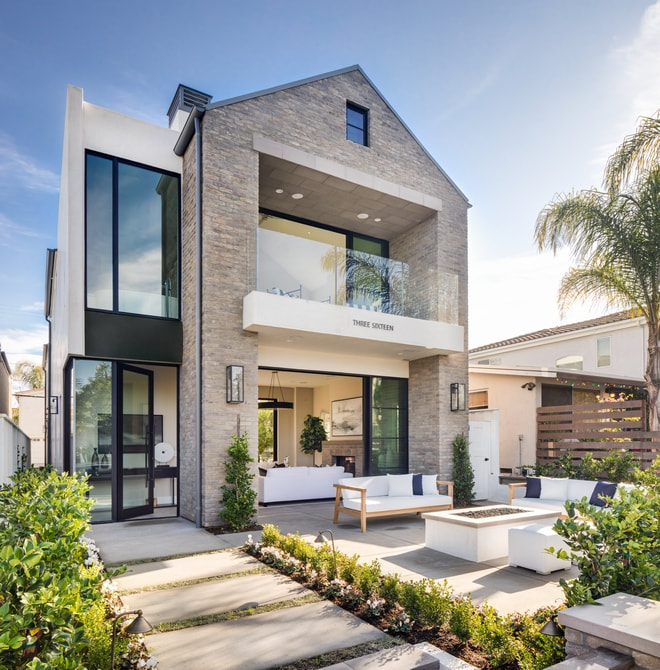
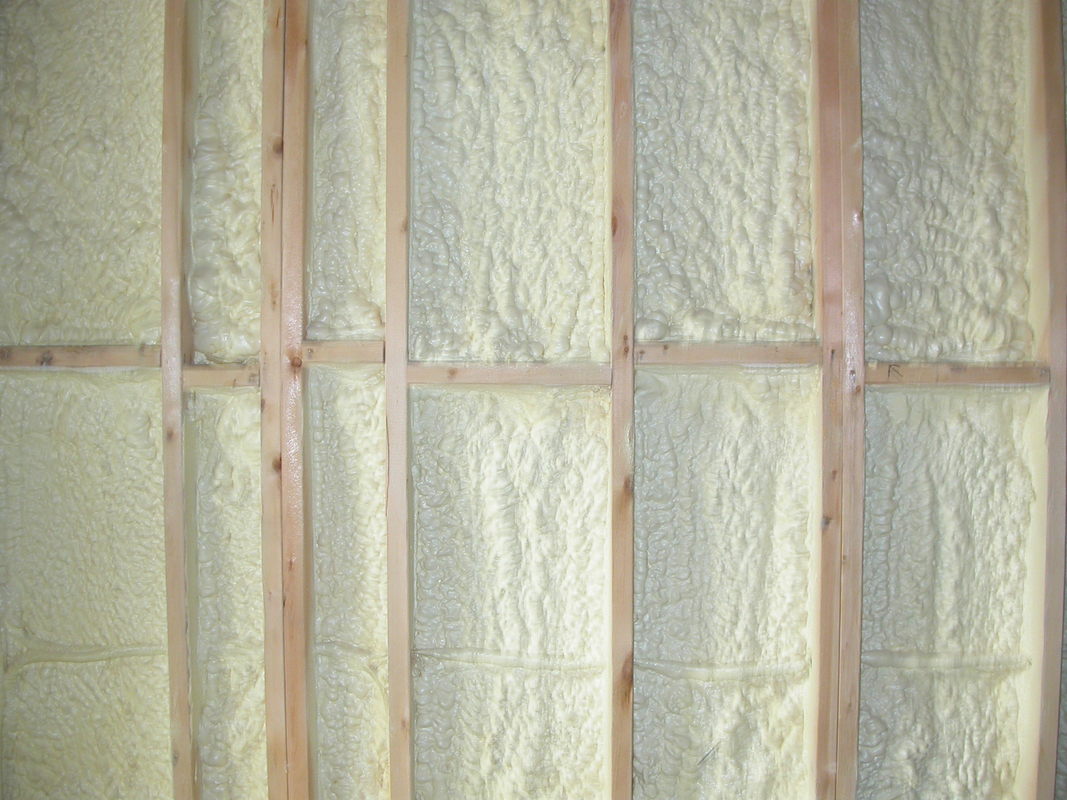
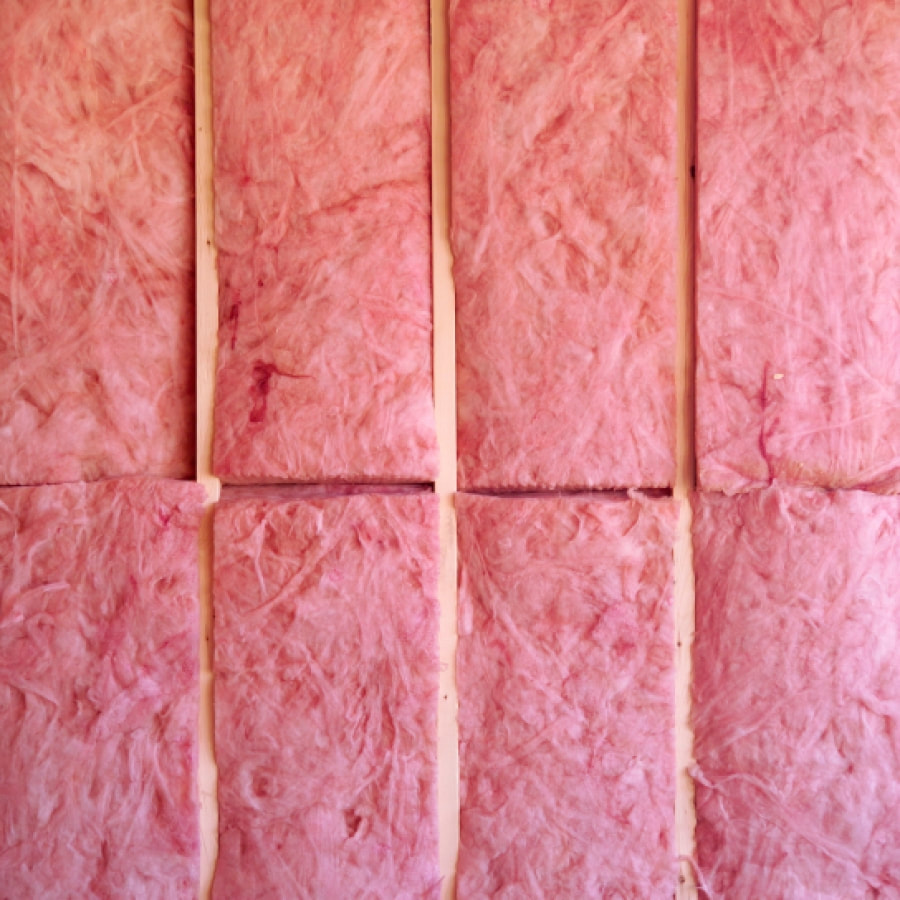
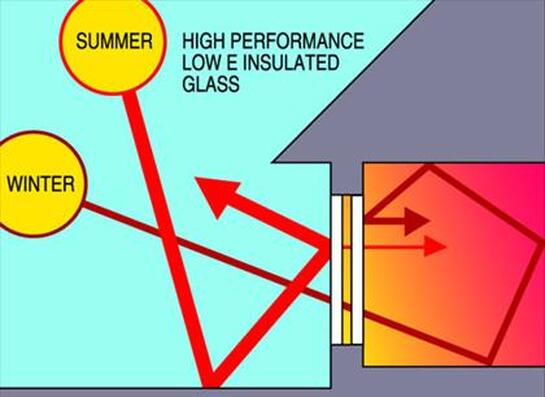
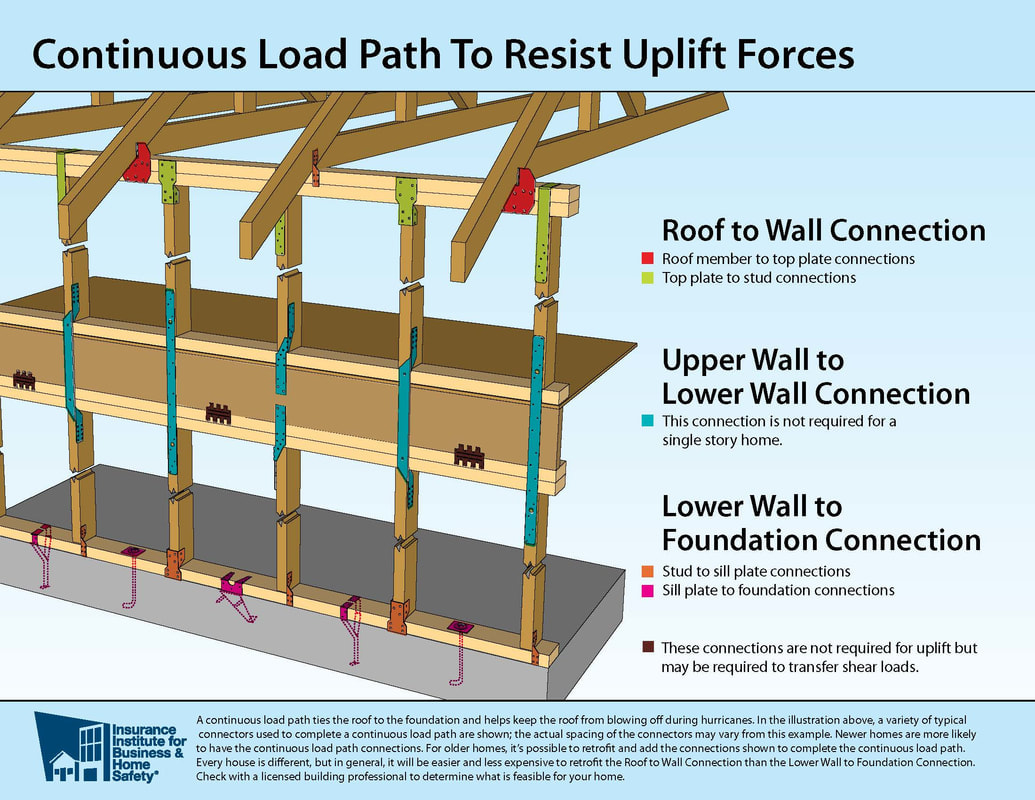
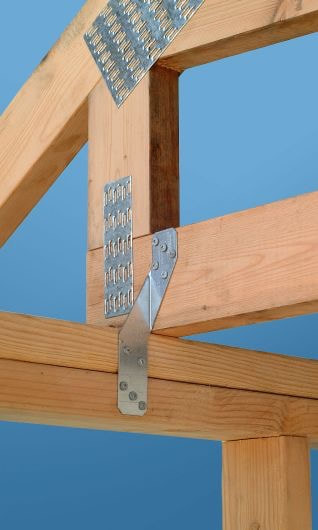
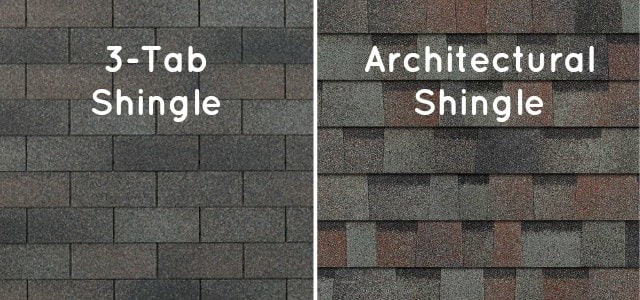
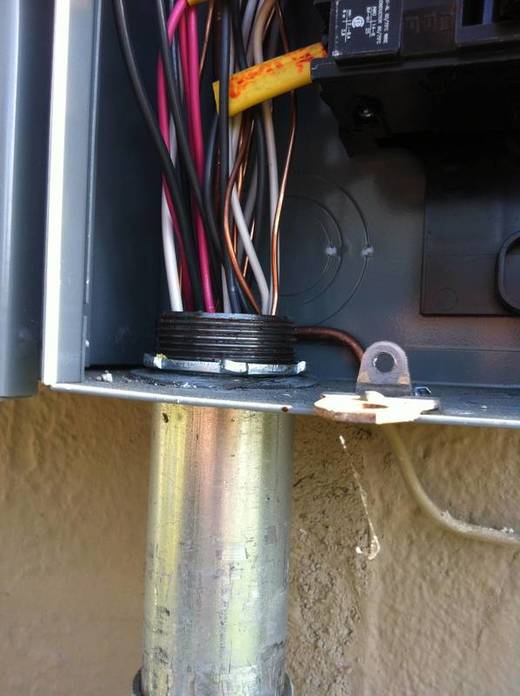
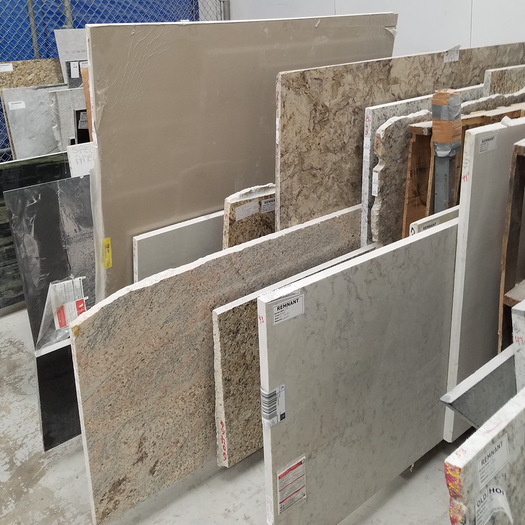
 RSS Feed
RSS Feed